Filter by Type
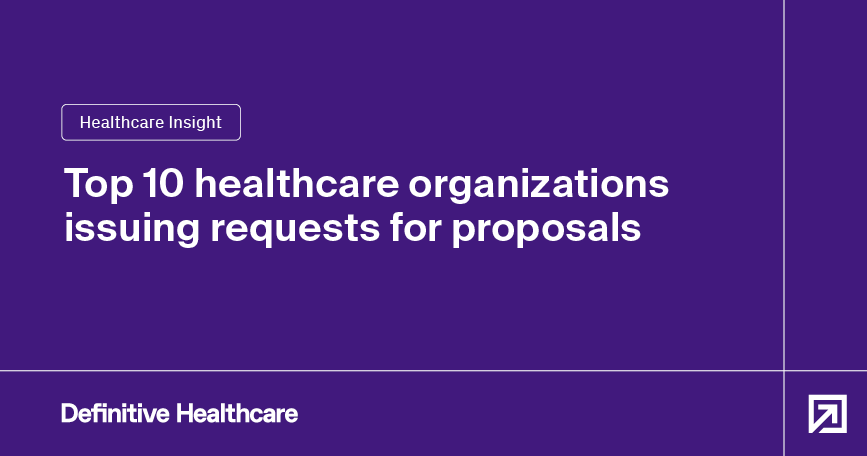
Top 10 healthcare organizations issuing requests for proposals
See the 10 leading U.S. hospitals and health systems issuing the most RFPs essential for vendors seeking medical, supply, or tech contracts.
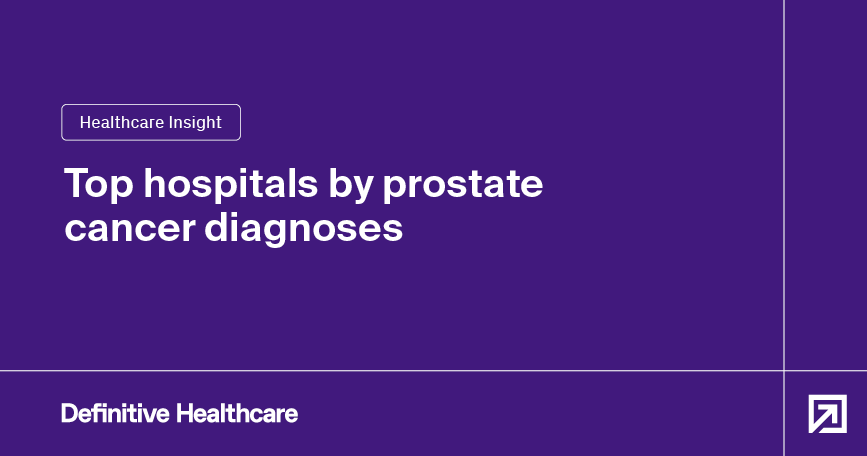
Top hospitals by prostate cancer diagnoses
Explore a list of U.S. hospitals by prostate cancer diagnosis volume. Identify which hospitals treat the most prostate cancer patients and how they compare.
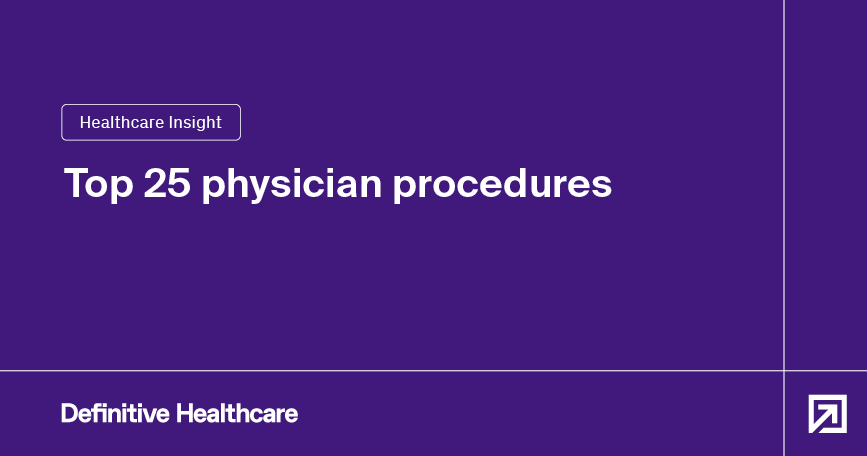
Top 25 physician procedures
Explore the top 25 physician procedures in the U.S., including CPT codes, volumes, and trends shaping outpatient care.
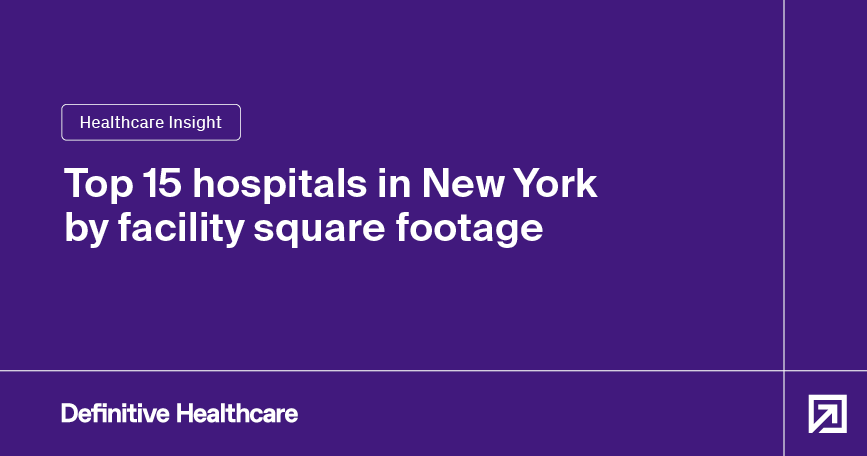
Top 15 hospitals in New York by facility square footage
Discover the largest NY hospitals based on total square footage. Learn where the largest hospitals are located in New York and how to target them effectively.
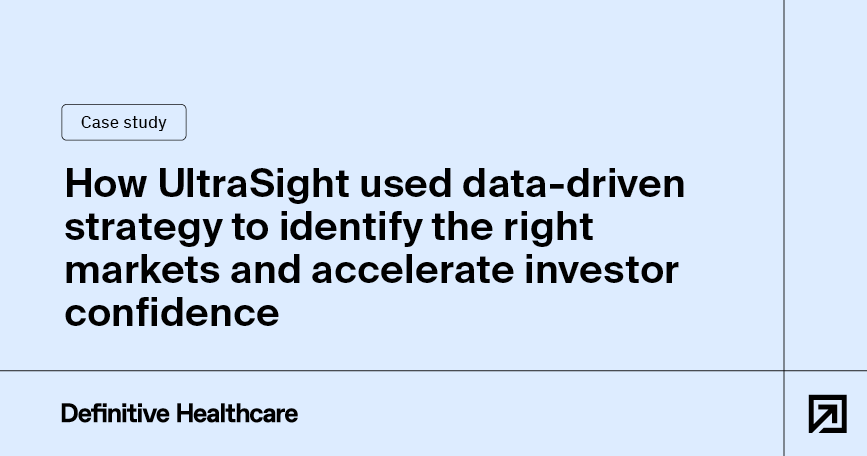
How UltraSight used data-driven strategy to identify the right markets and accelerate investor confidence
See how we helped UltraSight zero in on high-need, high-adoption, revenue-driving opportunities—fueling sustainable growth.
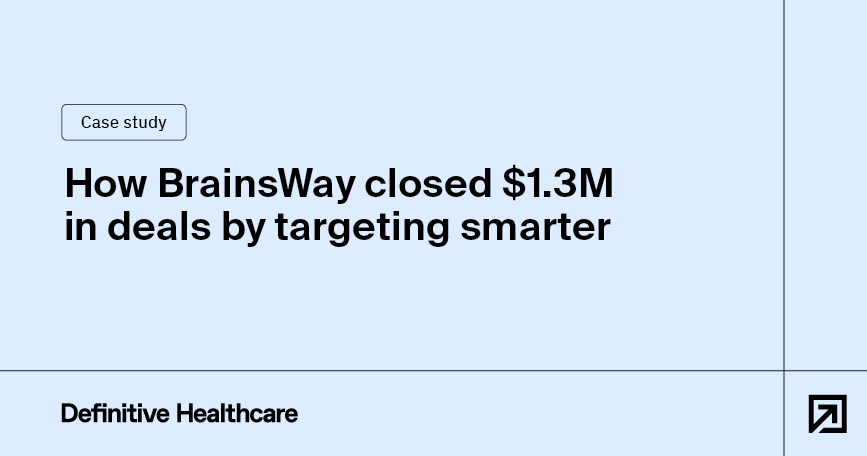
How BrainsWay closed $1.3M in deals by targeting smarter
Learn how BrainsWay used our data to drive smarter provider targeting, greater efficiency in the field, and stronger post-sale support.
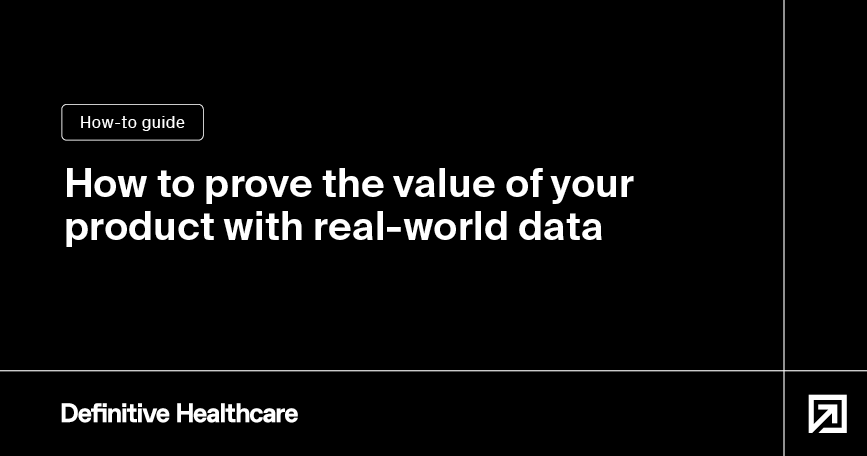
How to prove the value of your product with real-world data
Learn how to use real‑world data and evidence to build credibility, show safety and effectiveness, and demonstrate your medical device or product’s market value.
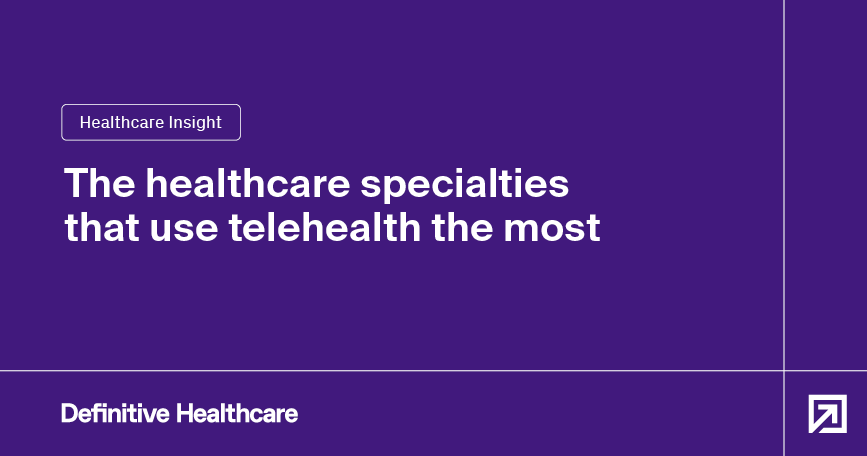
The healthcare specialties that use telehealth the most
Explore the physician specialties and provider types that use telehealth the most.